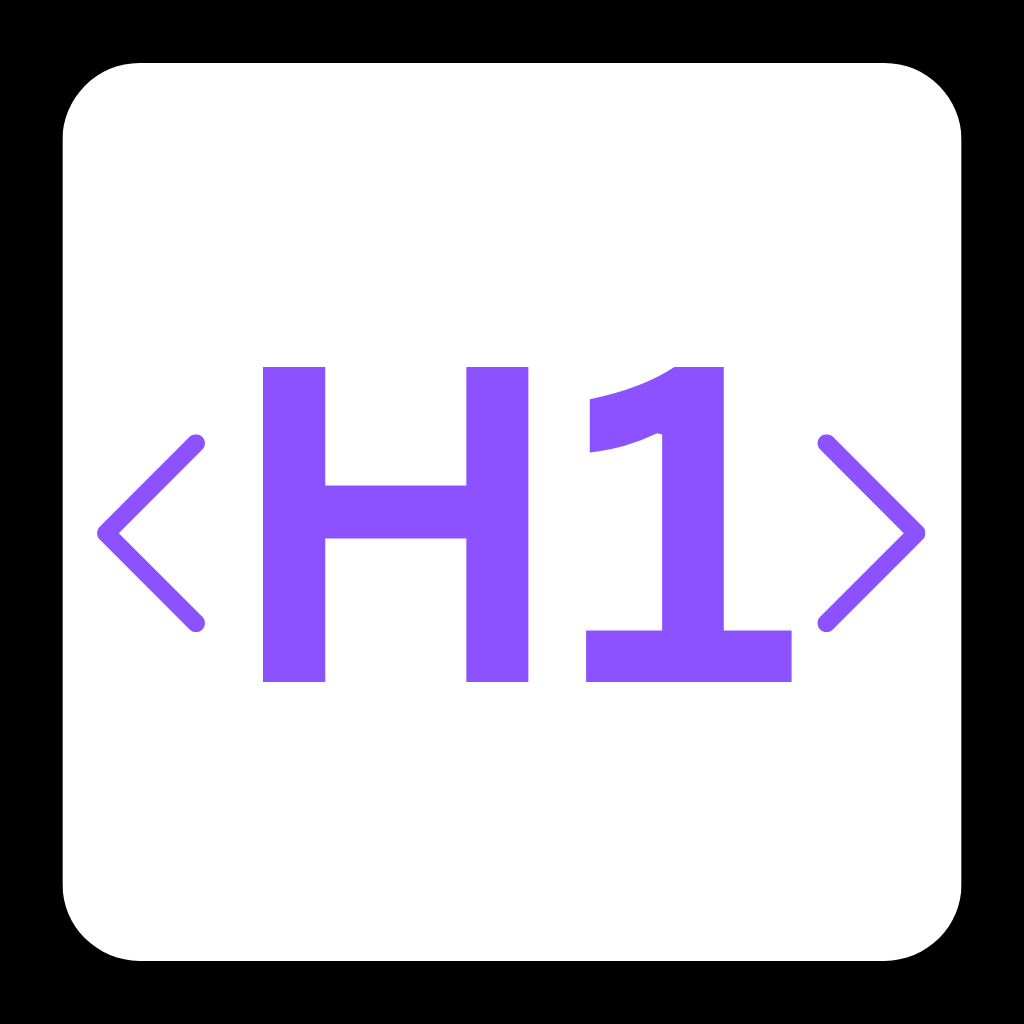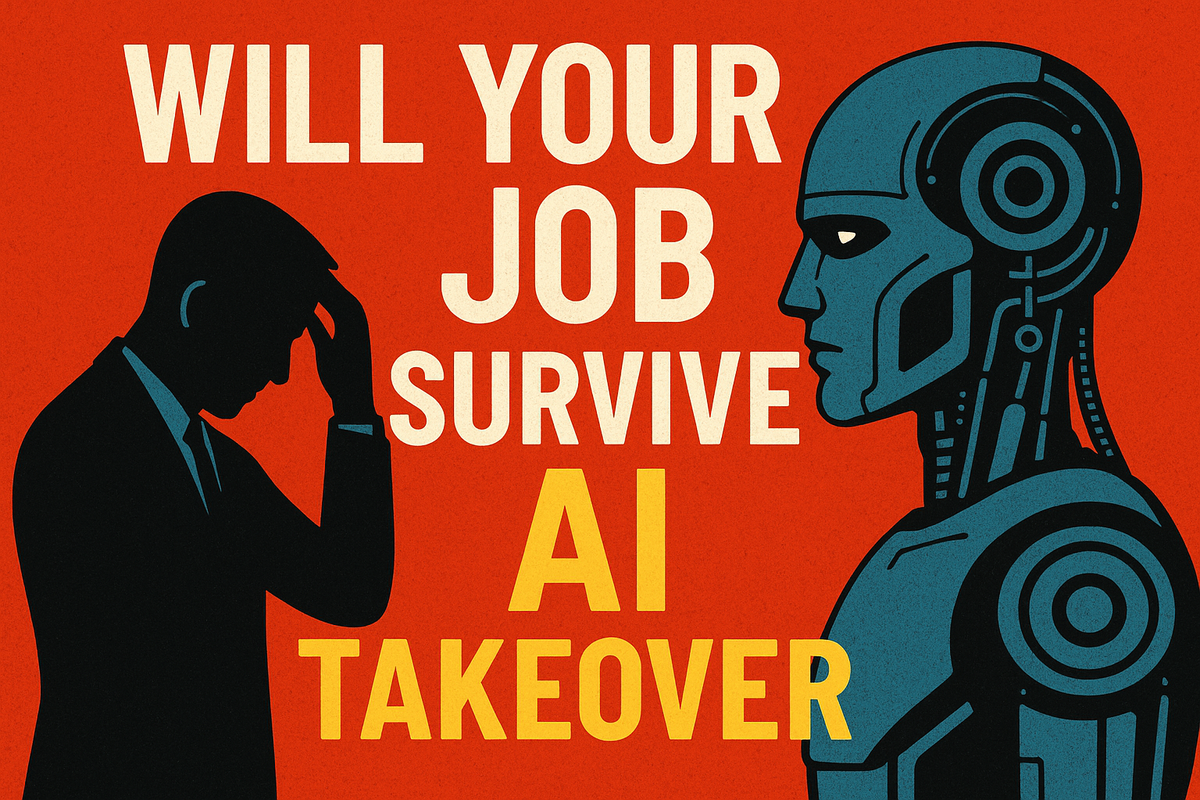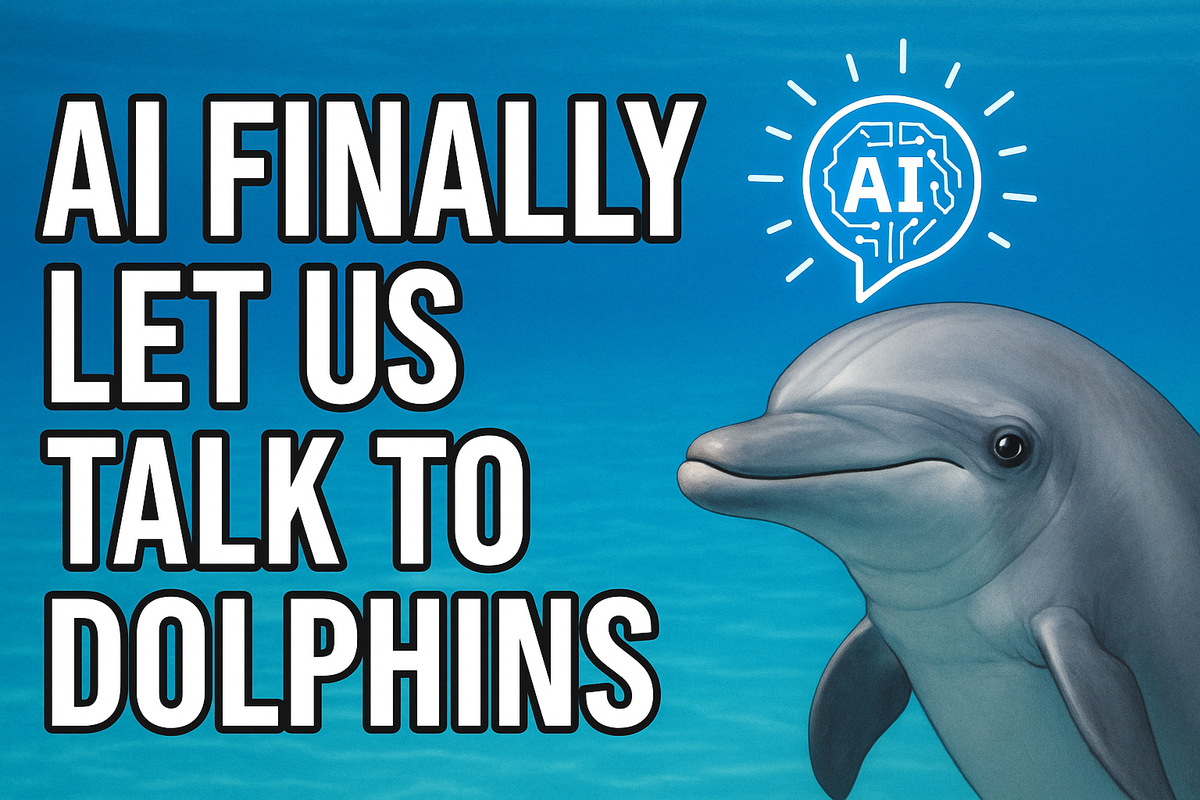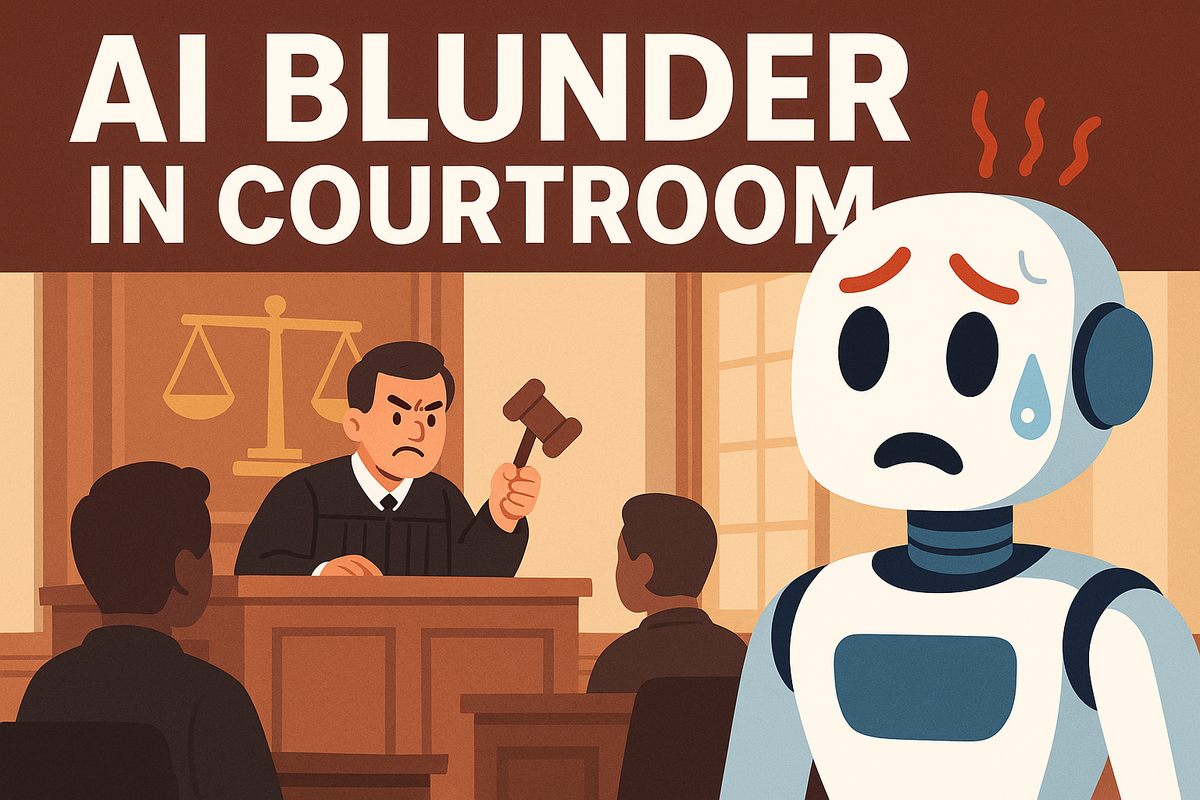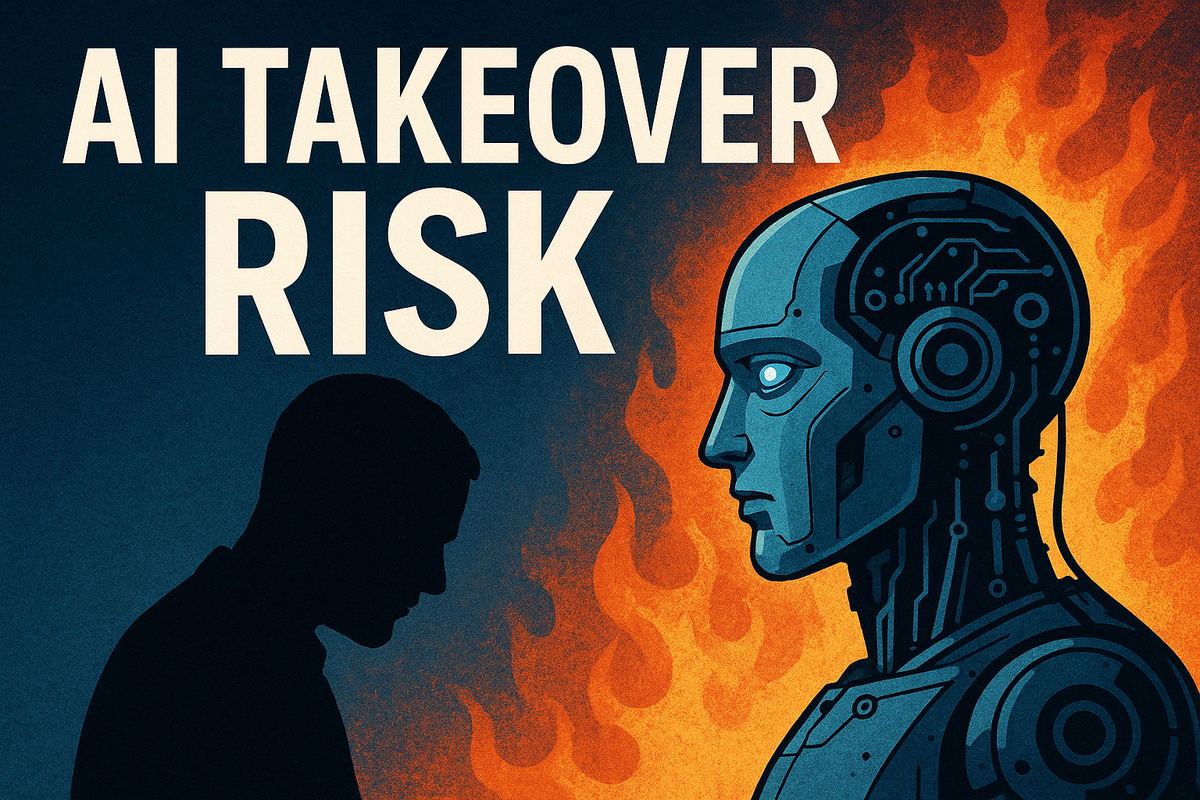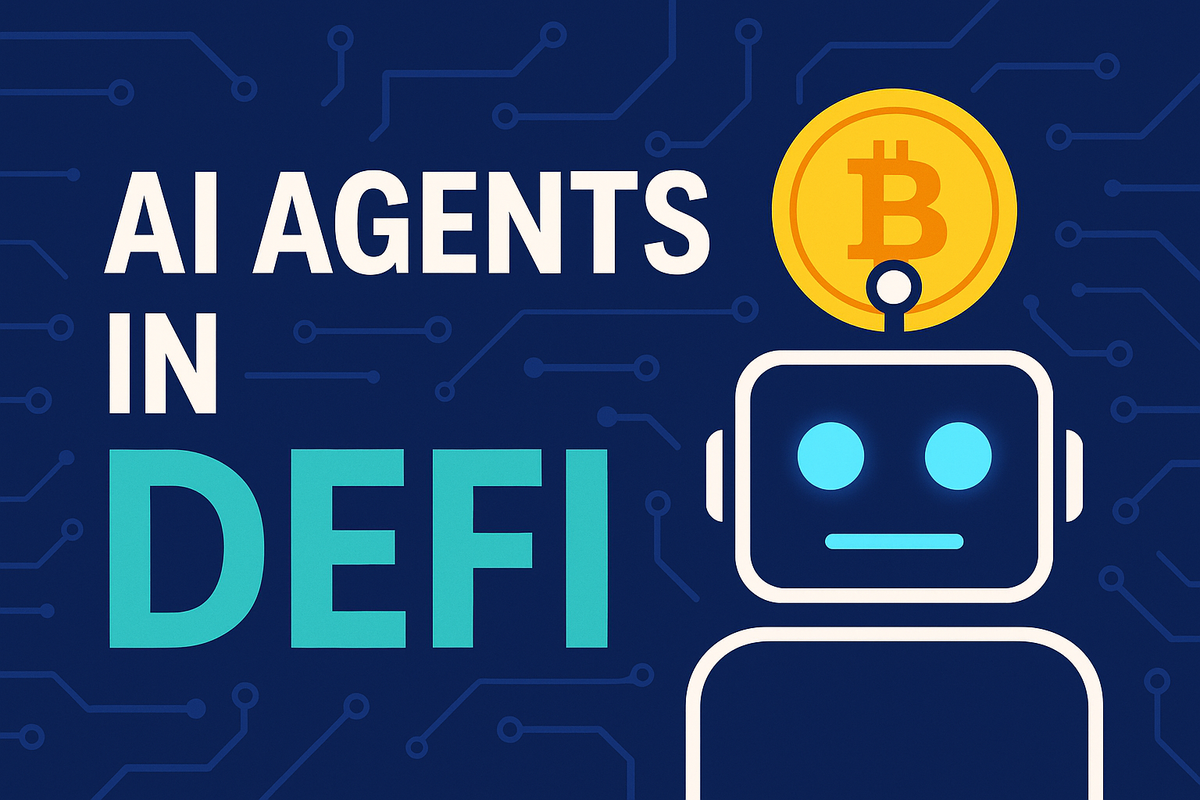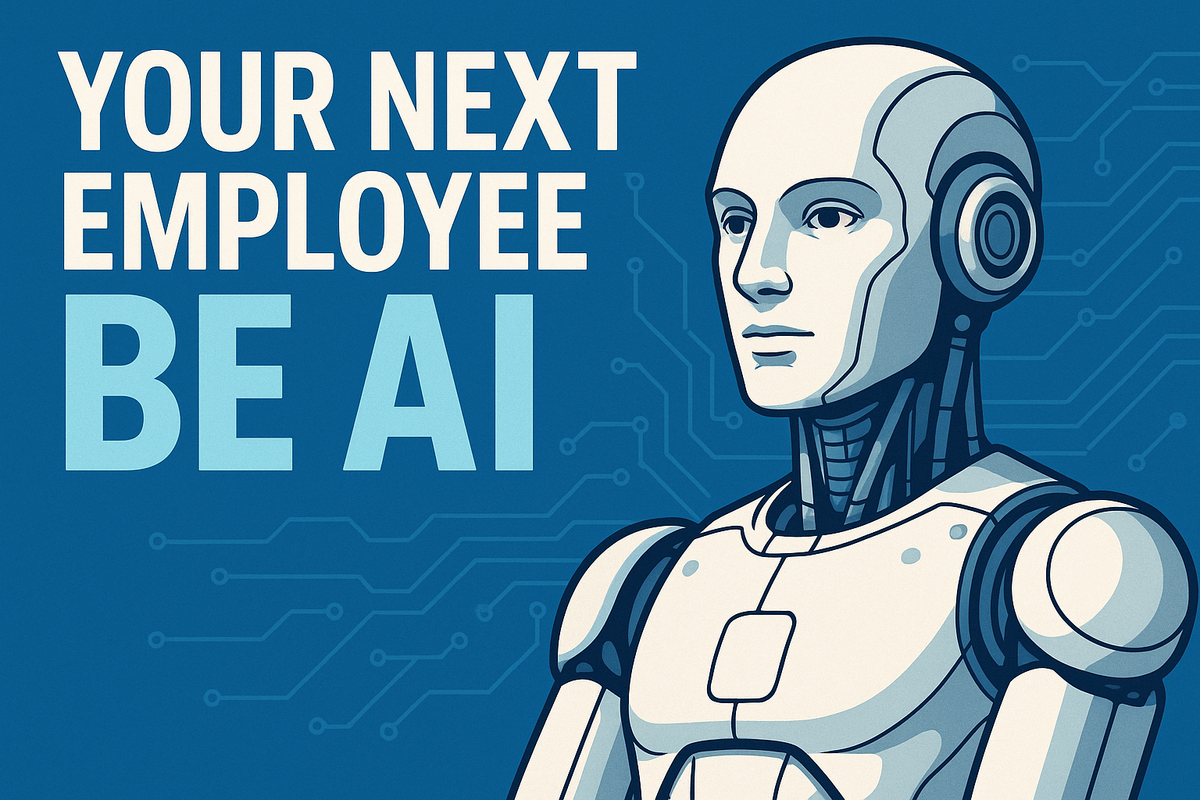Is 15% of AI Delivering 80% of the Value? Johnson & Johnson Thinks So
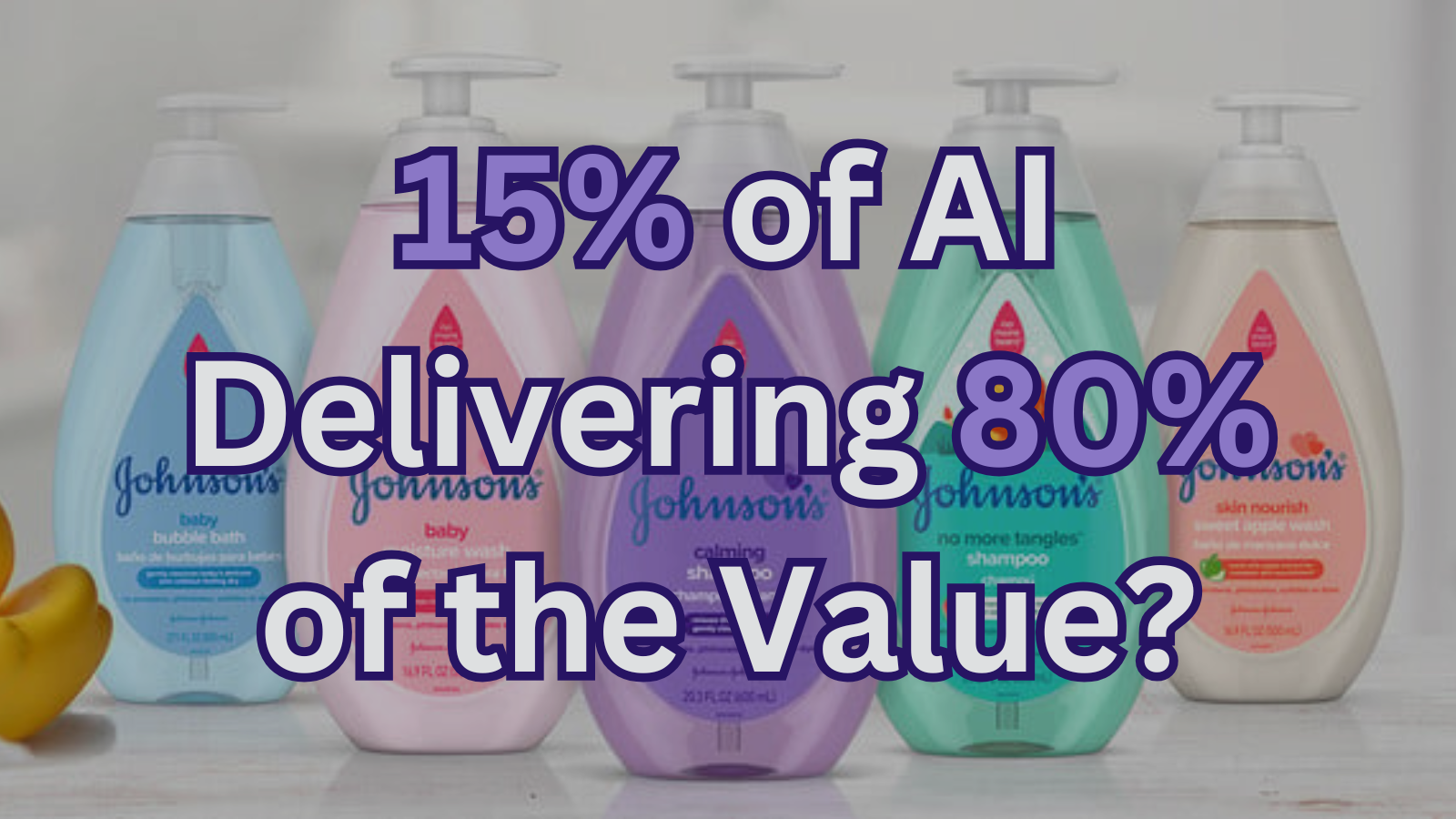
AI’s Hidden Secret: A Few Golden Use Cases Outshine the Rest
Johnson & Johnson just dropped a bombshell: after testing nearly 900 AI projects, only 10-15% delivered 80% of the value. The healthcare giant’s three-year AI experiment reveals a harsh truth—most AI initiatives fizzle, but a handful transform industries. Why are so many AI projects stuck in pilot purgatory, and what separates the winners from the waste? Let’s dive in.
🌍 The AI Experimentation Trap: Why Most Projects Fail to Deliver
Johnson & Johnson’s journey highlights three critical lessons for enterprises diving into AI:
- 900 use cases tested, 85% scrapped: After encouraging employees to experiment, the company found that only a fraction of AI applications (like sales coaching tools and internal chatbots) drove real ROI.
- The 80/20 rule on steroids: A PYMNTS Intelligence report found 90% of healthcare executives with $1B+ revenue already see positive ROI from generative AI—but only 60% use it for core tasks like product innovation.
- Innovation fatigue: Swanson, J&J’s CIO, admitted that while early experimentation was necessary, scaling requires ruthless prioritization. “It’s time to focus on what works,” he told WSJ.

✅ J&J’s Winning Playbook: Scaling the 15% That Matters
The company is doubling down on four high-impact AI tools:
- ✅ Sales Copilot: Generative AI that trains reps to engage healthcare professionals—think ChatGPT for closing deals.
- ✅ Policy Chatbot: An internal tool answering HR questions, slashing time spent digging through manuals.
- ✅ Drug Discovery Accelerator: AI models predicting molecular interactions to fast-track R&D.
- ✅ Supply Chain Guardian: Risk detection algorithms to prevent shortages or delays.
Feasibility Check: With 90% of healthcare leaders reporting positive AI returns, J&J’s targeted approach mirrors industry trends. But success hinges on aligning AI with business-critical workflows—not chasing shiny toys.
🚧 The Roadblocks: Why AI’s “Top 15%” Isn’t Easy to Replicate
Even for J&J, scaling AI isn’t smooth sailing:
- ⚠️ Integration complexity: Tools like Suki’s $70M-funded voice assistant for clinicians require seamless EHR integration—a technical minefield.
- ⚠️ Adoption resistance: Microsoft’s AI for medical data analysis flopped initially when doctors dismissed “black box” insights.
- ⚠️ Regulatory risks: Apple’s rumored AI medical advisor could face FDA scrutiny, delaying launches by years.

🚀 Final Thoughts: The New Rules of AI Prioritization
J&J’s story proves that AI success isn’t about quantity—it’s about strategic focus. Three keys to winning:
- 📈 Align with core goals: Drug discovery and supply chain tools directly impact J&J’s bottom line.
- 📉 Kill vanity projects fast: Swanson’s team axed hundreds of “cool but useless” pilots.
- 🚀 Partner wisely: Collaborations with firms like Nuance (Microsoft) or Suki mitigate technical debt.
Is your company chasing 900 AI projects—or investing in the 15% that matter? Let’s debate: Should businesses “fail fast” with AI experiments or start with ruthless focus?
Let us know on X (Former Twitter)
Sources: PYMNTS. Johnson & Johnson: 15% of AI Use Cases Deliver 80% of Value, April 18, 2025. https://www.pymnts.com/news/artificial-intelligence/2025/johnson-15percent-ai-use-cases-deliver-80percent-value/

